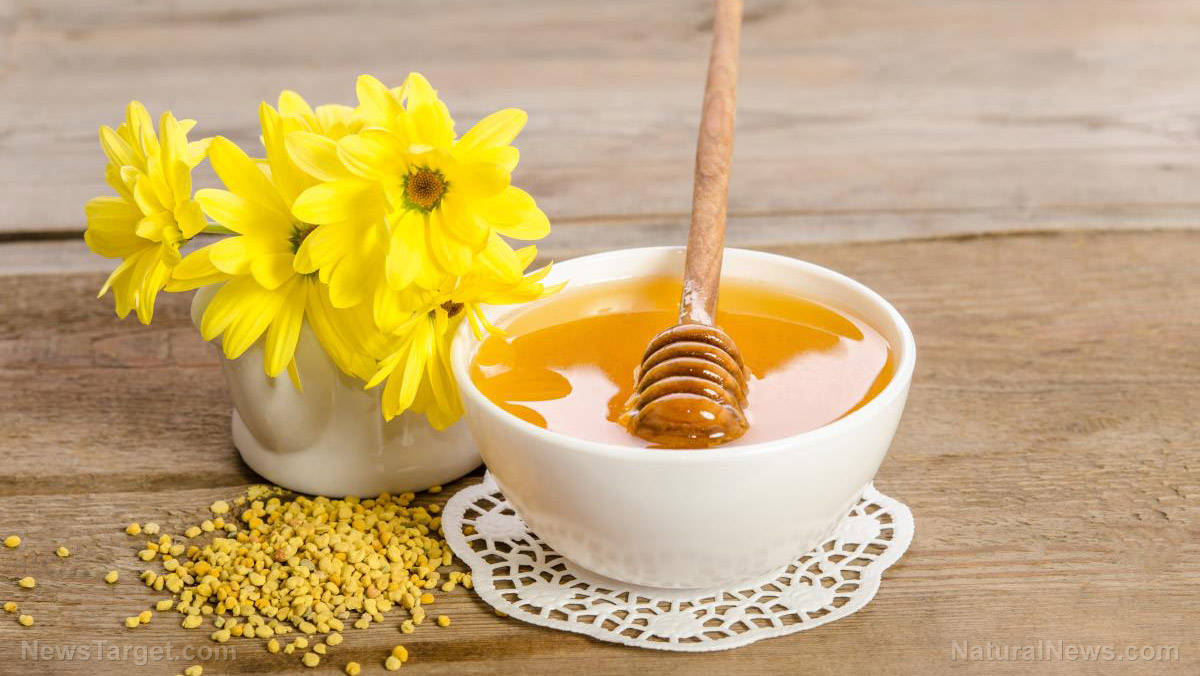

It also contains trace minerals, antibacterial and antibiotic components, pantothenic acid (vitamin B5), pyridoxine ( vitamin B6) and trace amounts of vitamin C, but none of the fat-soluble vitamins: A, D, E or K. Royal jelly is 67% water, 12.5% protein, 11% simple sugars ( monosaccharides), 6% fatty acids and 3.5% 10-hydroxy-2-decenoic acid (10-HDA).

After three days, the drone and worker larvae are no longer fed with royal jelly, but queen larvae continue to be fed this special substance throughout their development. Royal jelly is secreted from the glands in the heads of worker bees and is fed to all bee larvae, whether they are destined to become drones (males), workers (sterile females), or queens (fertile females). In the United States, the Food and Drug Administration has taken legal action against companies that have marketed royal jelly products using unfounded claims of health benefits. It is often sold as a dietary supplement for humans, but the European Food Safety Authority has concluded that current evidence does not support the claim that consuming royal jelly offers health benefits to humans. Royal jelly is sometimes used in alternative medicine under the category apitherapy. This type of feeding triggers the development of queen morphology, including the fully developed ovaries needed to lay eggs. The larvae in these cells are fed with copious amounts of royal jelly. Queen larva in a cell on a frame with beesĭuring the process of creating new queens, the workers construct special queen cells. It is secreted from the glands in the hypopharynx of nurse bees, and fed to all larvae in the colony, regardless of sex or caste. Royal jelly is a honey bee secretion that is used in the nutrition of larvae and adult queens. Developing queen larvae surrounded by royal jelly
Bee propolis royal jelly bee pollen benefits full#
The full study can be found in the journal of Food Chemistry and Toxicology, 2012 Jun 50(6):1834-40.For other uses, see Royal jelly (disambiguation). Studies have shown taking extremely large doses of royal jelly can have negative effects on hormones. Taking more royal jelly to obtain a greater effect is not advised. Twenty percent may not seem like much, but you only need 25 mg Royal Jelly a day to realize this effect. Royal Jelly increased the concentration of testosterone by 20 percent. The study does not mention which sort of Royal Jelly was used - was it fresh, freeze dried or frozen? Although the men did not produce more spermatozoa as a result of the supplement, the Royal Jelly did increase the activity of the spermatozoa. The fourth group used honey without Royal Jelly. It is important to note how little Royal Jelly the test subjects ingested - 100 mg is not very much royal jelly at all.

The second group used honey with 50 mg Royal Jelly, and the amount for the third group was 25 mg. The first group used honey containing 100 mg Royal Jelly. The researchers divided the men into four groups who all took 10 grams of honey before going to sleep at night. The study was done in 2007 and enlisted 83 infertile men who wanted to have children. Now we know this to be true in humans as well with a study being done at Thi-Qar College of Medicine in Iraq. Previously done animal studies have shown that Royal Jelly can increase the production of testosterone. Many have written in to us telling of their success using royal jelly in getting pregnant or balancing out menopausal or PMS symptoms. It has long been recognized that royal jelly is an effective hormonal tonic.


 0 kommentar(er)
0 kommentar(er)
